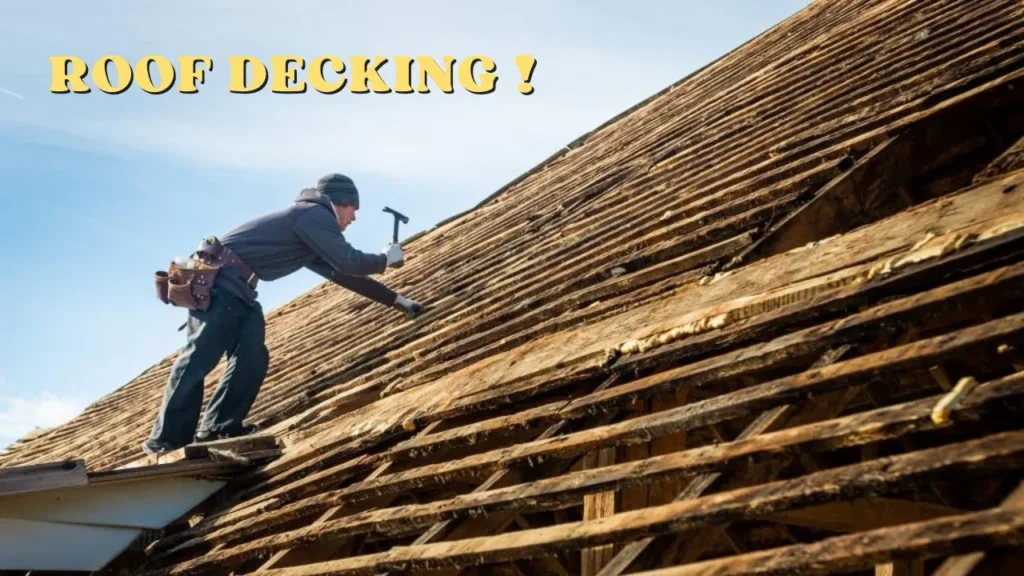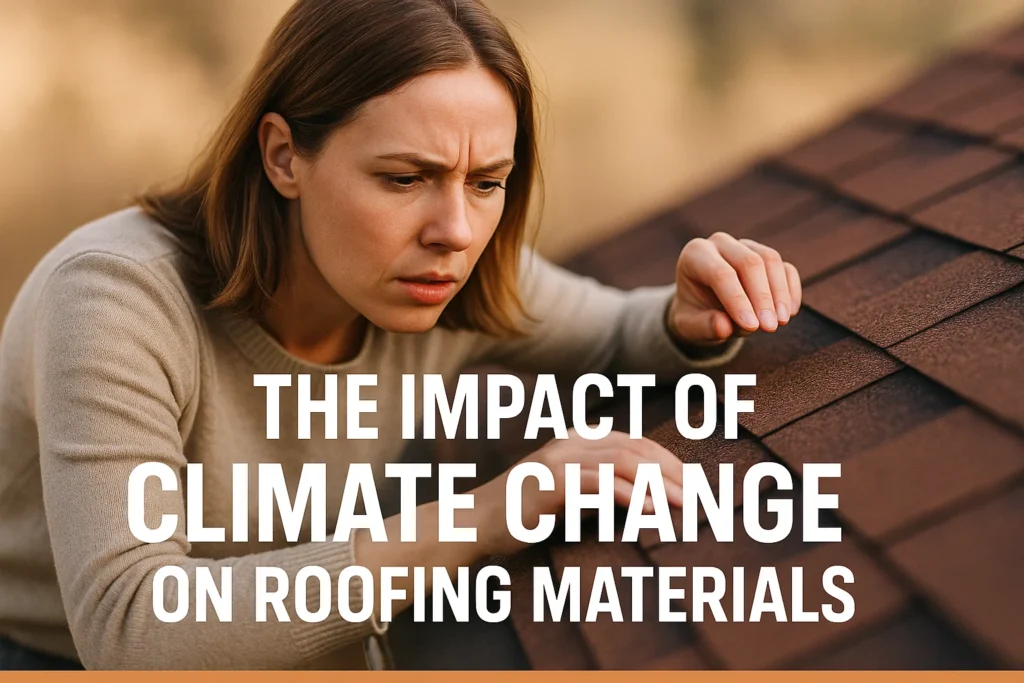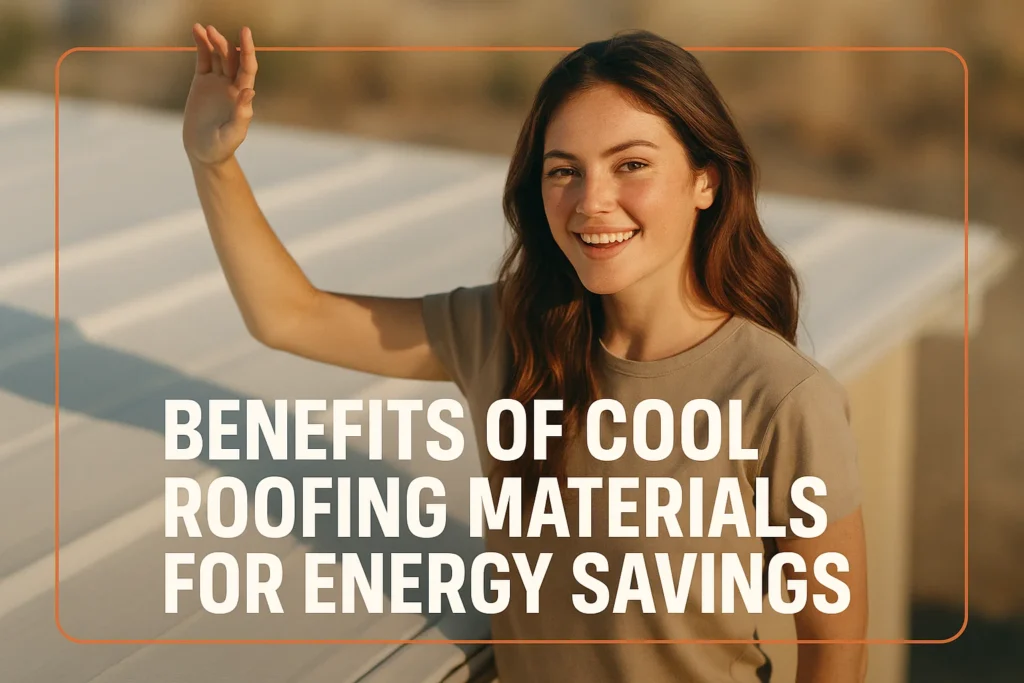Most people associate roofing with shingles, tiles or metal as the main types of materials. There’s an essential element deep inside all this and that’s roof decking. It is the trusty factor that maintains the stability, strength and protection of your roof against the weather. If you are upgrading a roof or constructing a new house, you need to know what roof decking is all about. This blog will explore what roof decking is, its importance, your decking options, how to select a suitable one and the need for repair or replacement.
Understanding Roof Decking
Definition of Roof Decking:
Roof decking or sheathing is the flat material that goes on top of the main rafters or trusses of a house. The purpose of this part is to support everything above it, like underlayment, shingles, tiles and metal panels. The deck gives strength to the roof’s framework by linking the pieces together and also works as the base for clips or bolts.
Importance of Roof Decking in Roofing Systems:
A roofing system relies on its decking. Absent such support, your roofing materials wouldn’t get the support they need and your roof could not hold up against different weathers. Having good decking improves several features. Verify that all rafters have approximately the same amount of weight on them. Use additional fasteners along the ridge line and other important spots. Benefits the floor since it repels moisture when used on top of an underlayment. It helps secure the roof’s curve and ensures the insulation in the attic.
The Purpose of Roof Decking:
It further protects against the entry of water through another point of entry. Properly installed decking improves your home’s energy saving abilities, protects against leaks and helps the floorboards last longer.
Types of Roof Decking
The type of roofing job you are doing will usually determine the best form of roof decking to use. We should focus on the main varieties of reading:
Plank Roof Decking:
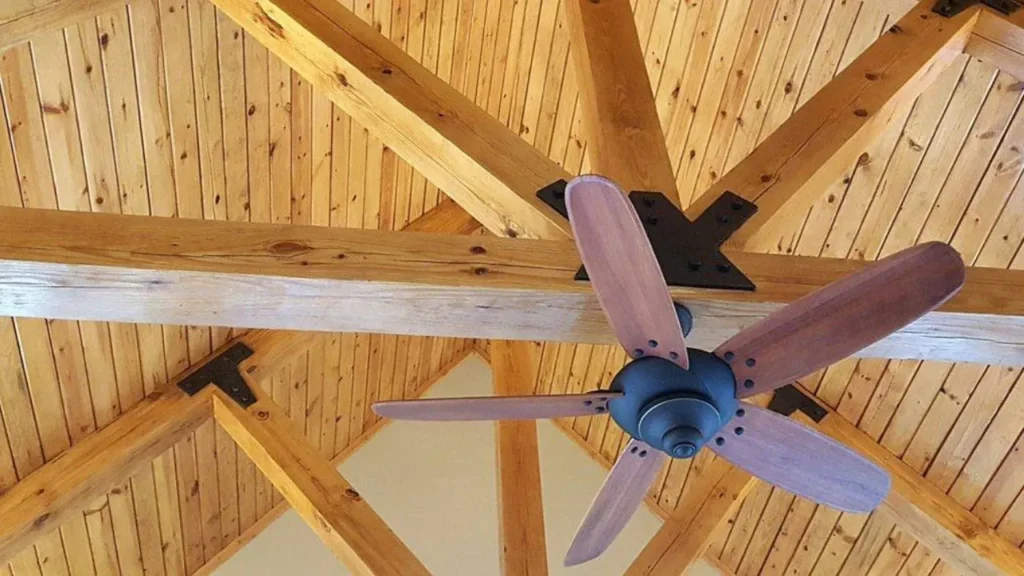
This timeless way of decking uses 1×6 or 1×8 wooden boards. For a long time, sheathing was an important way to cover older homes, until plywood and OSB became standard. The decking made of plank wood is rough in appearance and highly solid. Sometimes, additional supports or features are needed to follow today’s building requirements.
Plywood Roof Decking:
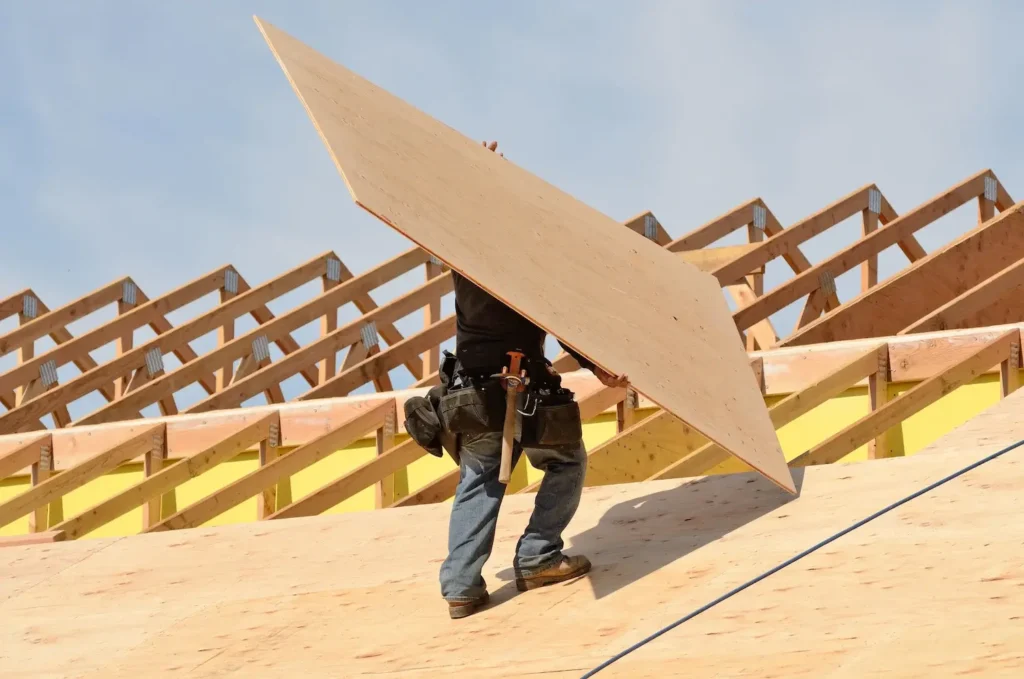
To make plywood decking, several thin layers of wood are glued on top of each other. It is both durable and resistant to wear and tear and it securely attaches nails. Plywood is sold in several sizes and 1/2″ and 5/8″ are most commonly used on roofs. House builders choose it often since it is easy to get, works well and matches most types of roofing materials.
Spaced vs. Solid Decking:
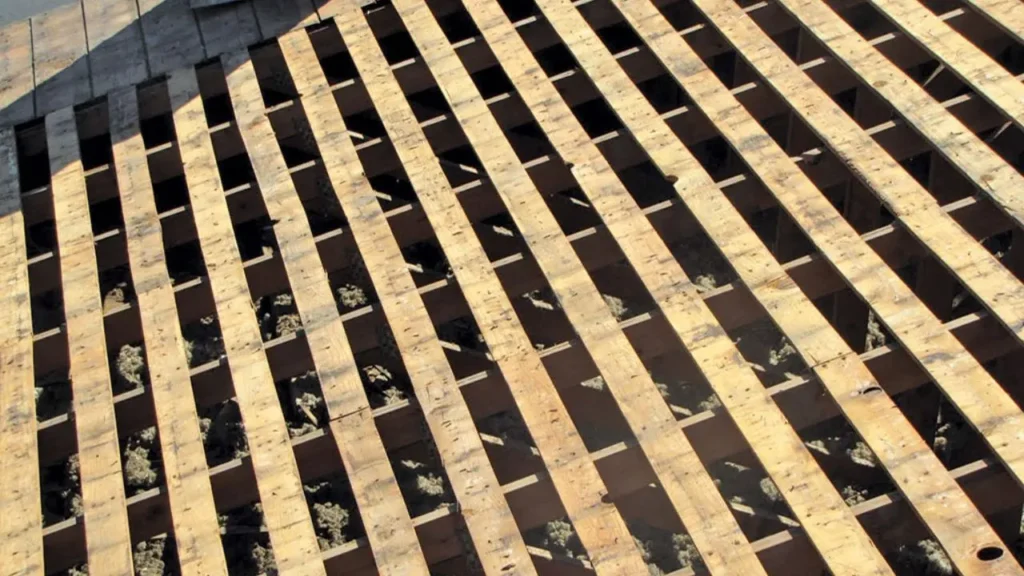
The gaps in skip sheathing are left when installing the wooden boards. Mostly, it serves to improve air flow under shake roofs. When building solid decking, you must use large, continuous sheets (like plywood or OSB) and it’s a good fit for steel, tile or modern, flat shingle types of roofing.
Roof Deck Panels and Boards:
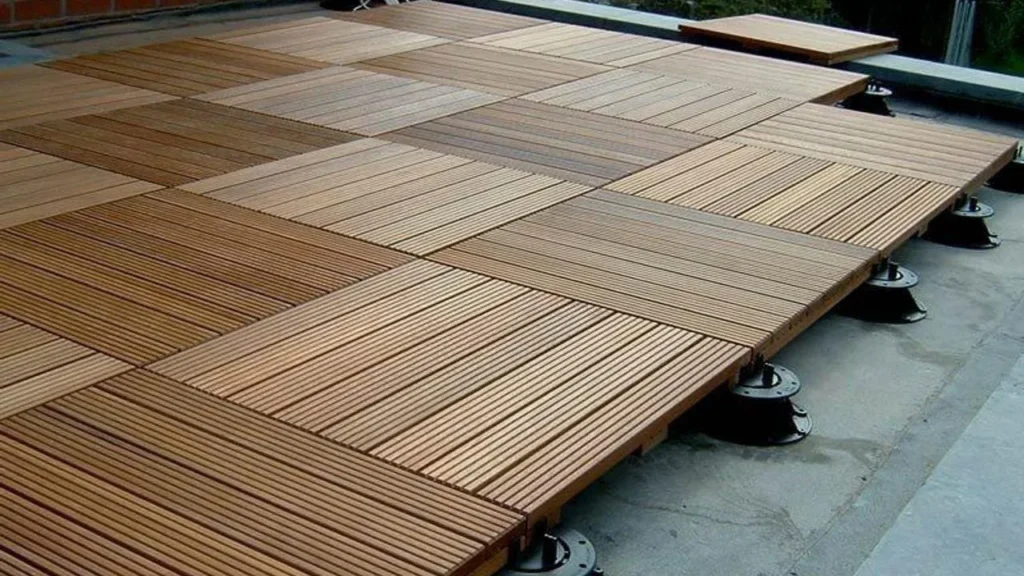
Panels like OSB (Oriented Strand Board) are made using compressed wood and glue. The panels are less expensive than plywood. Roof deck boards can be made of composite materials or laminated materials to improve how much moisture they resist and their overall strength.
Common Roof Decking Materials
Different kinds of projects call for different materials to be used. Take a look at the most typical roof decking materials here:
Wood Roof Decking
Both plywood and OSB are the options most often picked for roof decking in a home. It costs less, is very strong and is easy to come by. Still, water damage and rot could happen if the area underneath and the edges are not protected with underlayment and flashing.
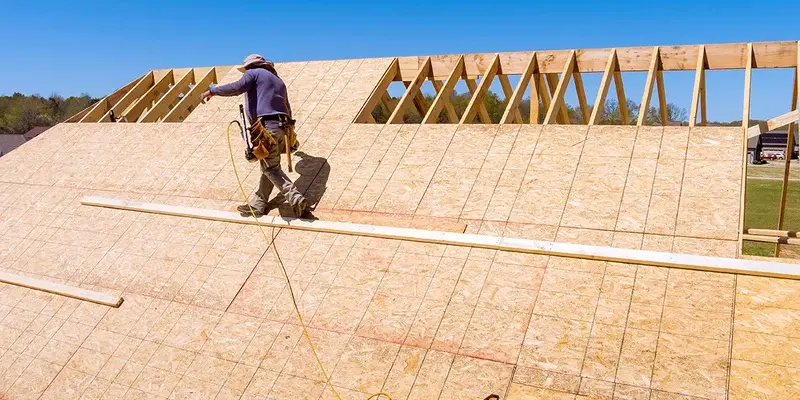
Pros: It is simple to put the app on your device. The material must have a strong surface for nailing. Can be access at any moment
Cons: It is possible for water to affect the fabric. May become misshapen or bulge with time.
Metal Roof Decking
Metal decking consists of steel or aluminum panels that are corrugated. Concrete is mostly chosen for commercial and industrial buildings since it’s strong, holds large loads and won’t burn or be damaged by pests. Many times, it plays a role in supporting a building’s structure as well as giving it a finished appearance.
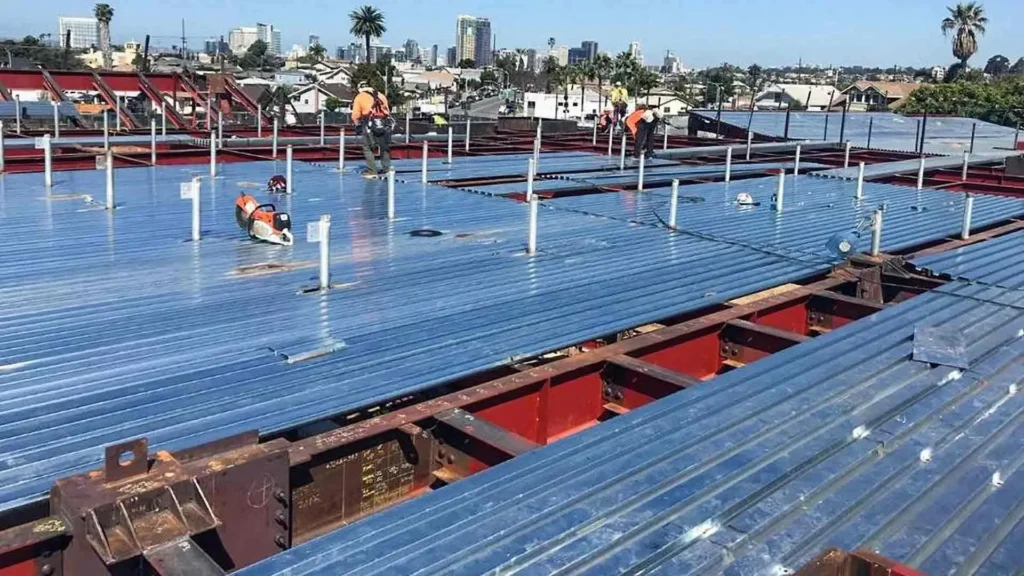
Pros: Able to stay sturdy and in good condition for several uses. They are excellent choices for roofs that are flat, and fire-resistant.
Cons: Expensive. It needs a specific method of installation.
Concrete Roof Decking
With concrete decking, strong and highly fire-resistant benefits are most well-suited for flat-roofed commercial buildings. Such roofs can also receive modern insulation and waterproof treatments.
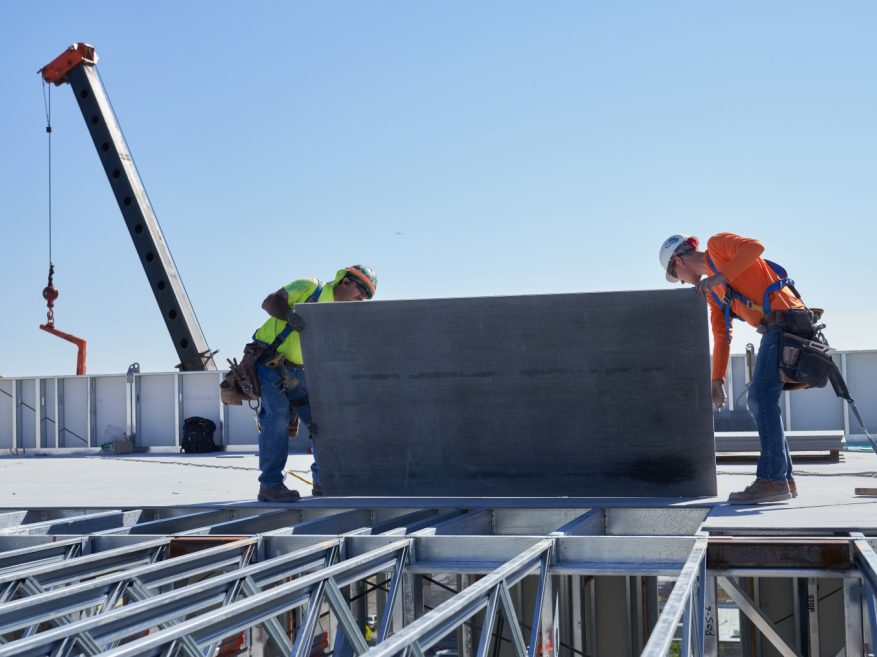
Pros: The strong and durable structure, Fire-resistant Works very well for buildings with flat roofs.
Cons: The gear is both big and costly. Building an office space takes a lot of time to complete.
Composite and Alternative Materials
Materials used in composite boards are recycled wood fibers, plastic or other man-made elements. They are intended to stand up to rot, mold and different kinds of insects. Even though metal roofs are rare in homes, they perform very well in a number of settings.
Pros: Wood covered in a coating that protects from moisture and insects, and lightweight. Options that are good for the environment are offered.
Cons: It costs more to make products. The company’s performance over several years is not well documented.
Choosing the Right Roof Decking
The best roof decking material and type should be chosen considering several aspects. Keep in mind the climate, your spending limits and what the system has to manage:
Factors to Consider
- Rainy or snowy conditions need materials that can withstand water, so go with treated plywood, concrete or similar items.
- OSB is inexpensive, but it might not work as well in wet or damp areas.
- Clay tiles are very heavy and so the roof deck needs to be sturdy and able to handle the weight.
Roof Decking Options for Different Roof Types
- Roofs are shaken to provide the right airflow by using spaced decking underneath the shakes.
- Asphalt shingles or metal panels work well with sloped roofs that have plywood or OSB.
- For Flat Roofs, Concrete or Metal Decking helps keep the roof anchored and wastes water away.
Roofing Decking Material Comparison
| Material | Durability | Moisture Resistance | Cost | Best For |
| Plywood | High | Medium | Medium | Most residential homes |
| OSB | Medium | Low | Low | Budget-conscious builds |
| Metal | Very High | High | High | Commercial/industrial buildings |
| Concrete | Very High | Very High | Very High | Flat commercial roofs |
| Composite | Medium | High | High | Specialized residential use |
Installation and Maintenance
How Roof Decking is Installed: A roof deck is put in place by positioning panels over the trusses or rafters, with the correct spacing between them for any later expansion. Special care is taken to nail or screw every sheet in position and stagger them so the structure stays stronger. If the fence is not installed right, it might eventually start to get saggy or buckle.
Key installation tips: For good installation, put down moisture barriers or lay an underlayment, allow for your materials to expand and fasten the decking across the rafters to distribute weight evenly.
Signs of Roof Decking Damage: If your attic shows leaks or dark spots, your roof shows soft spots or looks saggy, spores or mold appear near the roof inside your house or shingles are becoming curly and lifting, it’s time to check for possible decking damage.
Roof Decking Repair and Replacement: In case the damage is limited, to a branch falling onto the deck, you can fix only the affected area. Most of the time, a significant amount of water or mold damage requires the entire home to be rebuilt. The roofing professional can check your roof and suggest the appropriate action to take.
Final Thoughts
A good roof deck is essential; it is the foundation for the rest of your roof. How well and how often it is maintained will influence how well your roof performs, supports shingles and is insulated and protected from moisture. Make sure to cover these things when you are planning your roofing project: Make sure to analyze choices of decking materials. Here are some instances when you should hire a roofing expert. When you believe your roof deck design is in doubt or when you plan to replace your roof, a licensed professional should be contacted. They have the power to check materials, suggest the right ones and make sure that rules for installations are met. requirement-detail If you are unsure about your roofing project, turn to an expert for help. Contact us at Favor Roofing LLC, we will assist you with inspection, installation and roof decking replacements.
FAQ’s
Most often, best budget houses make use of plywood or OSB since they are strong and very affordable.
You will need to remove the shingles because they sit on top of the decking.
Notice if the roof or attic seems saggy, has mold, has soft parts or gets wet or leaky regularly.


